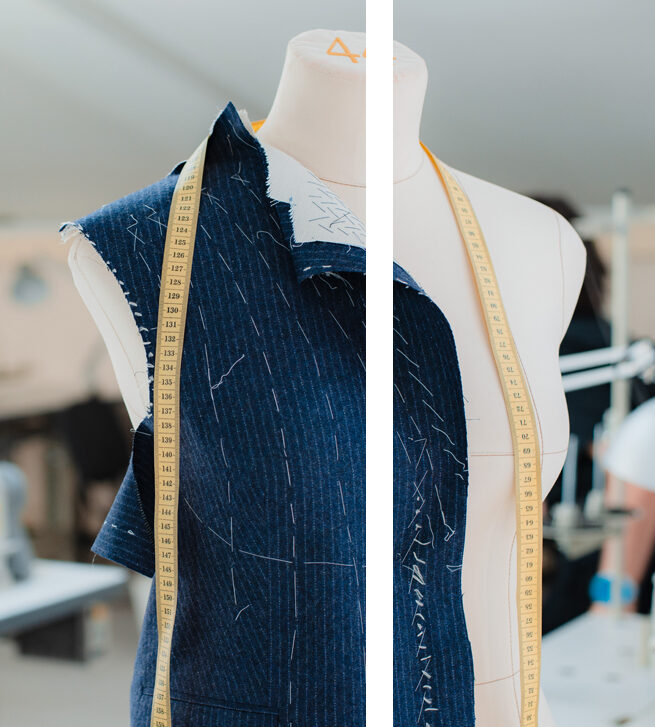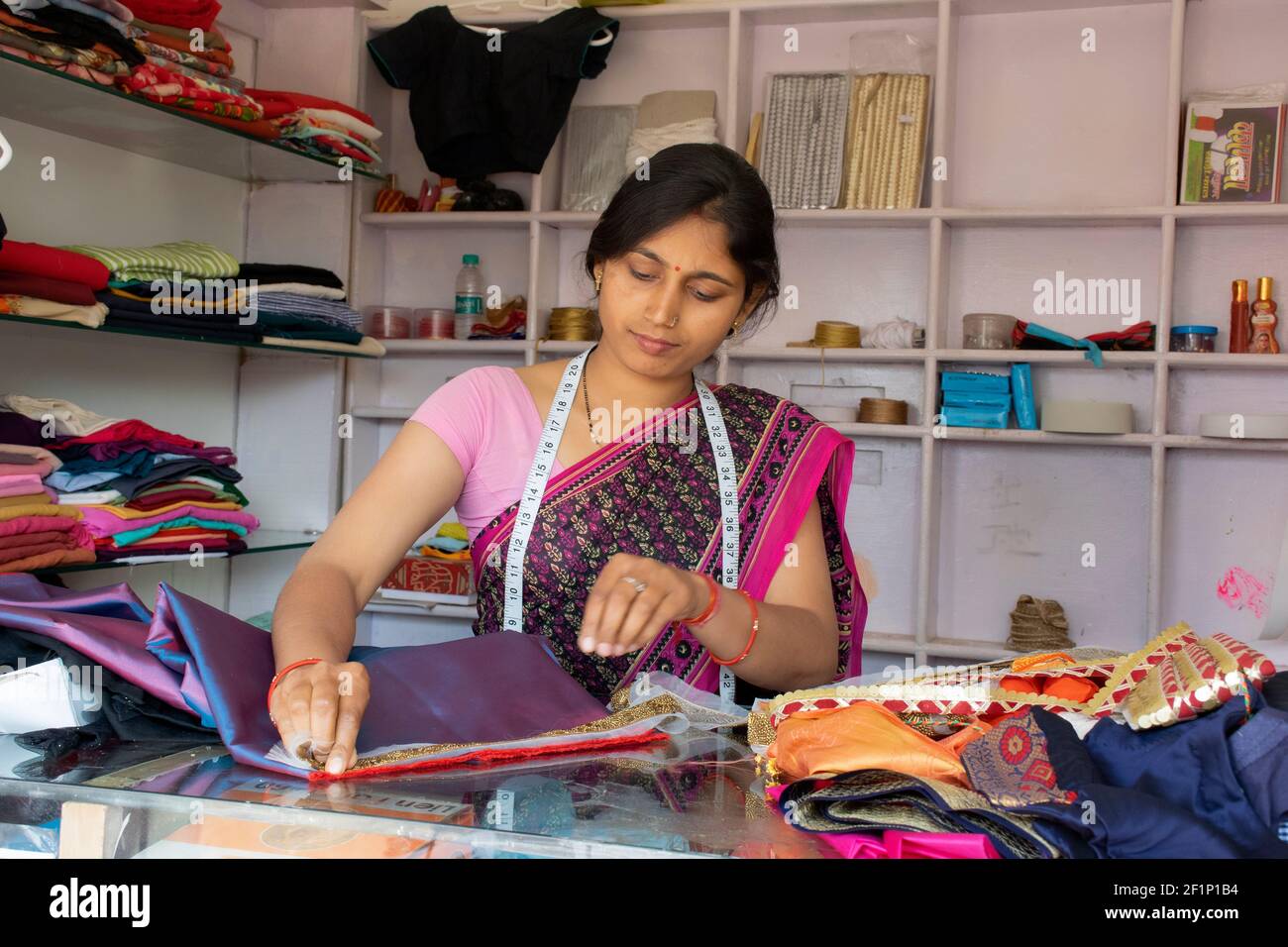Find the Best Tailor Perth: Premium Tailoring for Distinctive Design
Find the Best Tailor Perth: Premium Tailoring for Distinctive Design
Blog Article
Understanding the Tailoring Refine: From Fabric Option to Last Fitting for the Suitable Wardrobe
The tailoring procedure is a complicated interaction of art and science, beginning with the crucial decision of material selection and culminating in the specific changes of final installations. Each fabric kind brings distinct qualities that influence not only the visual charm but likewise the garment's durability and suitability for various celebrations.
Significance of Textile Selection
Selecting the appropriate fabric is crucial in the tailoring procedure, as it straight influences the comfort, toughness, and overall visual of the last garment (tailor perth). The option of material establishes the structure for the garment's performance, performance, and design. Various textiles possess unique properties, such as stretch, breathability, and weight, which can considerably affect just how the garment drapes and fits the body
Additionally, textile choice affects the garment's long life and convenience of care. Premium textiles can stand up to wear and tear, keeping their look and structure in time, while lower-quality products might cause pilling or fading. Furthermore, the appropriate material contributes to the garment's ability to shift across celebrations and periods, thereby enhancing adaptability.
A tailored piece made from an appropriate fabric not just showcases craftsmanship but additionally raises the wearer's confidence. Understanding the nuances of fabric option is paramount for any kind of tailoring undertaking. It ensures that the end product not only fulfills the aesthetic wishes of the client but also straightens with useful requirements, consequently achieving an unified balance between type and function in the tailored closet.
Kinds of Fabrics and Their Uses
Understanding the various kinds of textiles available is essential for making notified choices during the customizing process. Each material possesses special characteristics that determine its suitability for certain garments and occasions.
Its versatility enables it to be customized right into everything from t-shirts to gowns. Its all-natural flexibility aids garments maintain shape over time.
Silk radiates high-end and is light-weight, making it perfect for eveningwear and delicate blouses; however, it needs cautious handling as a result of its delicacy. Bed linen, with its distinctive coating, is a popular choice for warm climates, offering a airy and crisp feel, however it wrinkles quickly, which might impact the garment's appearance.
Artificial textiles, such as polyester and nylon, deal toughness and resistance to creases, making them appropriate for everyday wear and energetic clothing. Comprehending these textile types and their buildings permits far better decision-making, making certain that each customized item not just fits well however likewise aligns with the intended objective and celebration.
The Tailoring Strategies Described
The art of customizing depends on a variety of techniques that change textile into well-fitted garments. Central to this process is pattern drafting, where a dressmaker produces design templates based on the client's measurements and wanted design. This preliminary step makes certain that the garment will certainly fit the wearer properly prior to any type of cutting takes place.
When patterns are established, reducing methods enter play. Accuracy is vital as inaccuracies can lead to misfitting garments. Tailors usually use various reducing techniques, such as single-layer reducing for complex designs and multiple-layer reducing for efficiency on typical patterns.
Basting is one more important strategy, enabling dressmakers to briefly sew fabric assemble for a preliminary installation. This method uses the chance to analyze the drape and general shape before final sewing.
Seaming techniques, consisting of french seams and flat-felled seams, enhance the garment's longevity and visual appeal. Tailors likewise utilize methods such as interfacing and padding to provide structure and form to specific areas, like shoulders and collars.
Finally, ending up techniques, including hemming and edge completing, ensure the garment's durability while giving a polished look. With each other, these techniques form the foundation of reliable customizing, resulting in charming, tailor-made apparel.
Fitting Modifications and Factors To Consider

Trick factors to consider include the shoulder fit, which ought to neither sag neither limit movement, and the sleeve size, which must enable for comfortable arm motion while keeping a refined look. Additionally, changes at the waist can refine the shape, with alternatives to allow out or take in textile as required.
The rise of pants is one more crucial variable; it must sit pleasantly over the hips without causing pain, enabling for ease of activity. Hemming lengths for both pants and skirts should show the user's favored design while appreciating proportions.

Preserving Your Tailored Clothing
Correct upkeep of tailored garments is important more info here to protecting their fit and appearance gradually. To make certain long life, normal cleansing is paramount. Always follow the care tag guidelines, which might advise completely dry cleansing for fragile textiles or maker cleaning for more resilient materials. Avoid frequent laundering, as this can wear down the fabric and alter the garment's form.
Storage is equally important; usage cushioned hangers for layers and jackets to maintain shoulder structure, and store trousers folded nicely or hung to avoid creasing. Protect garments from direct sunshine, which can discolor colors and damages YOURURL.com fibers.
Furthermore, regular evaluations for minor fixings can stop bigger issues. Examine for loosened switches, tearing seams, or indicators of moth damage, resolving these problems without delay to maintain the garment's integrity.
Last but not least, think about seasonal rotation. Wearing customized pieces in small amounts allows textiles to recoup, expanding their life-span. By implementing these maintenance approaches, you can make sure that your customized garments continue to be as beautiful as the day you first wore them, improving your suitable closet for several years to find.
Conclusion
The customizing process, incorporating material option, experienced methods, and exact suitable modifications, plays a vital duty in producing garments that enhance both convenience and style. Each stage contributes to the overall efficiency of the last product, ensuring that clothes not just fits well but additionally mirrors specific identity. Furthermore, recognizing the value of maintenance extends the life of tailored garments, solidifying their value in a well-curated discover this info here wardrobe. A comprehensive method to tailoring finishes in a positive and polished appearance.
Selecting the right textile is essential in the tailoring process, as it straight affects the comfort, longevity, and general aesthetic of the last garment. The selection of fabric sets the structure for the garment's performance, design, and functionality. Different textiles possess special residential properties, such as weight, stretch, and breathability, which can dramatically influence just how the garment drapes and fits the body.
The art of customizing counts on a variety of techniques that transform material right into well-fitted garments.The tailoring procedure, including textile option, skilled methods, and precise suitable changes, plays a vital function in creating garments that boost both convenience and style.
Report this page